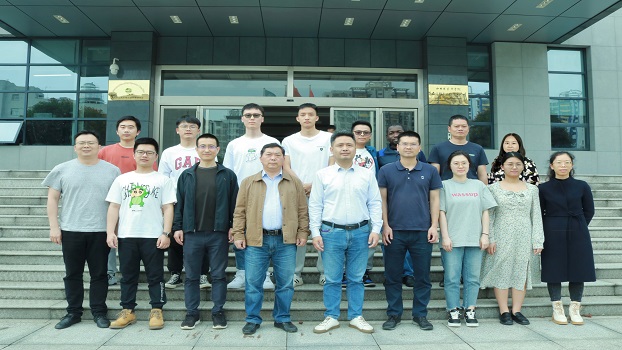
Research objective:
In response to major national needs of modern agriculture, the team carries out research on the breeding and utilization of bast fiber crop with high yield, high quality, cost-saving, and high adaptability, ensuring the effective supply of fiber products and the healthy agricultural products in China.
Research topic:
Focusing on the chain layout of functional gene mining, core germplasm construction, targeted improvement of multi-gene aggregation varieties, efficient breeding techniques, and demonstration and promotion, the team carries out the mapping and exploration of important agronomic functional genes in yield, quality, and resistance of bast fiber crops such as ramie, apocynumand industrial hemp; constructs core germplasm and establishes a molecular breeding technology system for bast fiber crops; breeds new ramie/apocynumvarieties of high yield, high quality,and multifunctional suitable for mechanized harvesting. In addition, the team commit to promoting the cultivation of new varieties of ramie in the middle and lower reaches of the Yangtze River, with the aim of building characteristic towns for ramie, soil and water conservation, and controlling heavy metal pollution; promoting the cultivation of new saline-alkali tolerant apocynum varieties in Xinjiang province and Inner Mongolia province, and along the beach to meet the major needs of windbreak and sand fixation and soil improvement in alkali soil.
Research achievement:
The team has completed the genome sequencing of ramie and apocynum for the first time and drew the framework diagram, which has been published on Molecular Ecology Resources and iScience. The team has been awarded 5 provincial and ministerial awards in the fields of breeding and promotion of new varieties of bast fiber crops, and multi-purpose utilization of bast fiber crops. 8 high-yield and high-quality series of ramie varieties, including "Zhongzhu NO.1", "Zhongzhu NO.2", "Zhongzhu NO.3", and "ZhongsizhuNO.1", have been cultivated, and became the main varieties in ramie production areas across China at different times.
